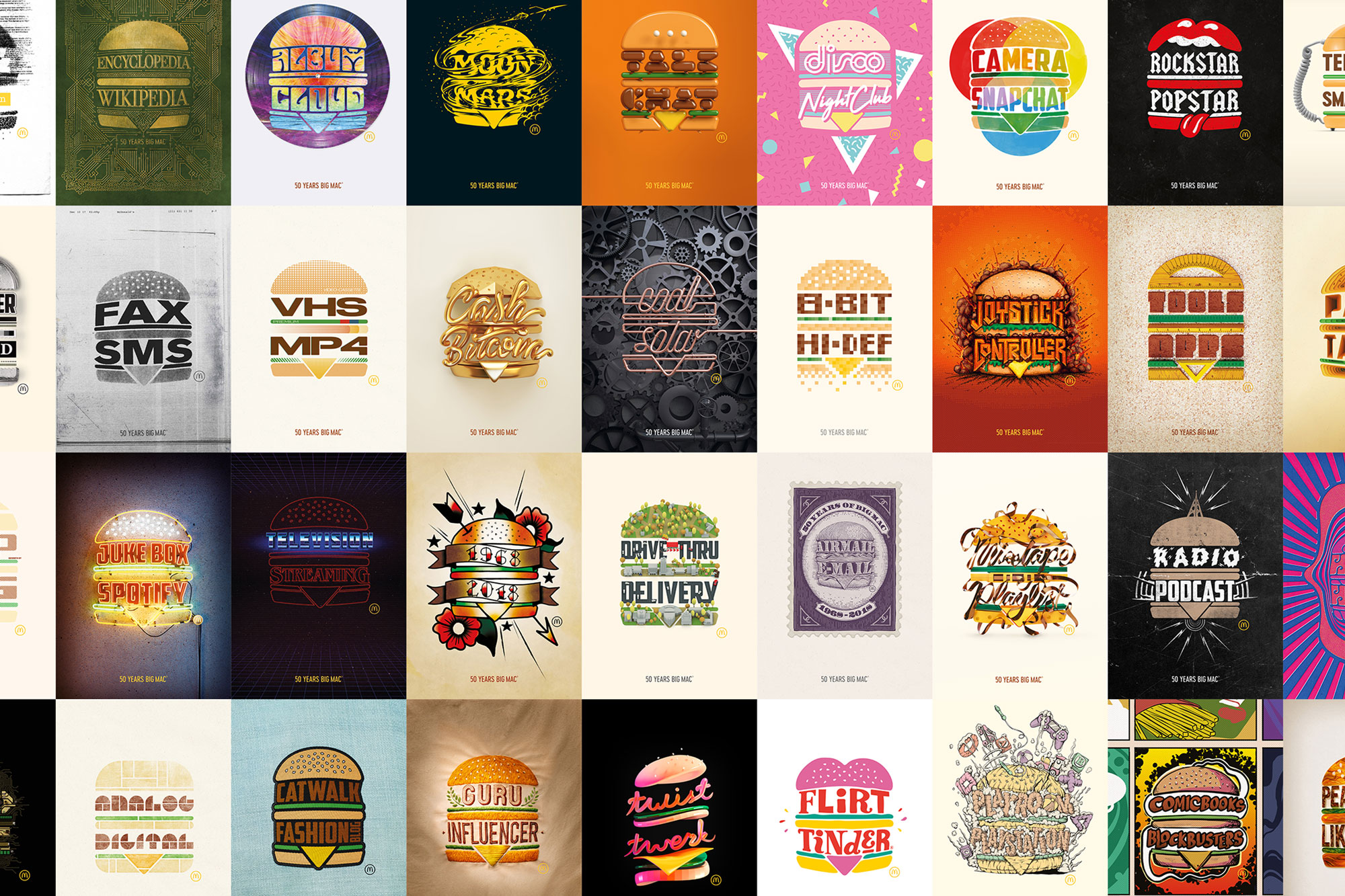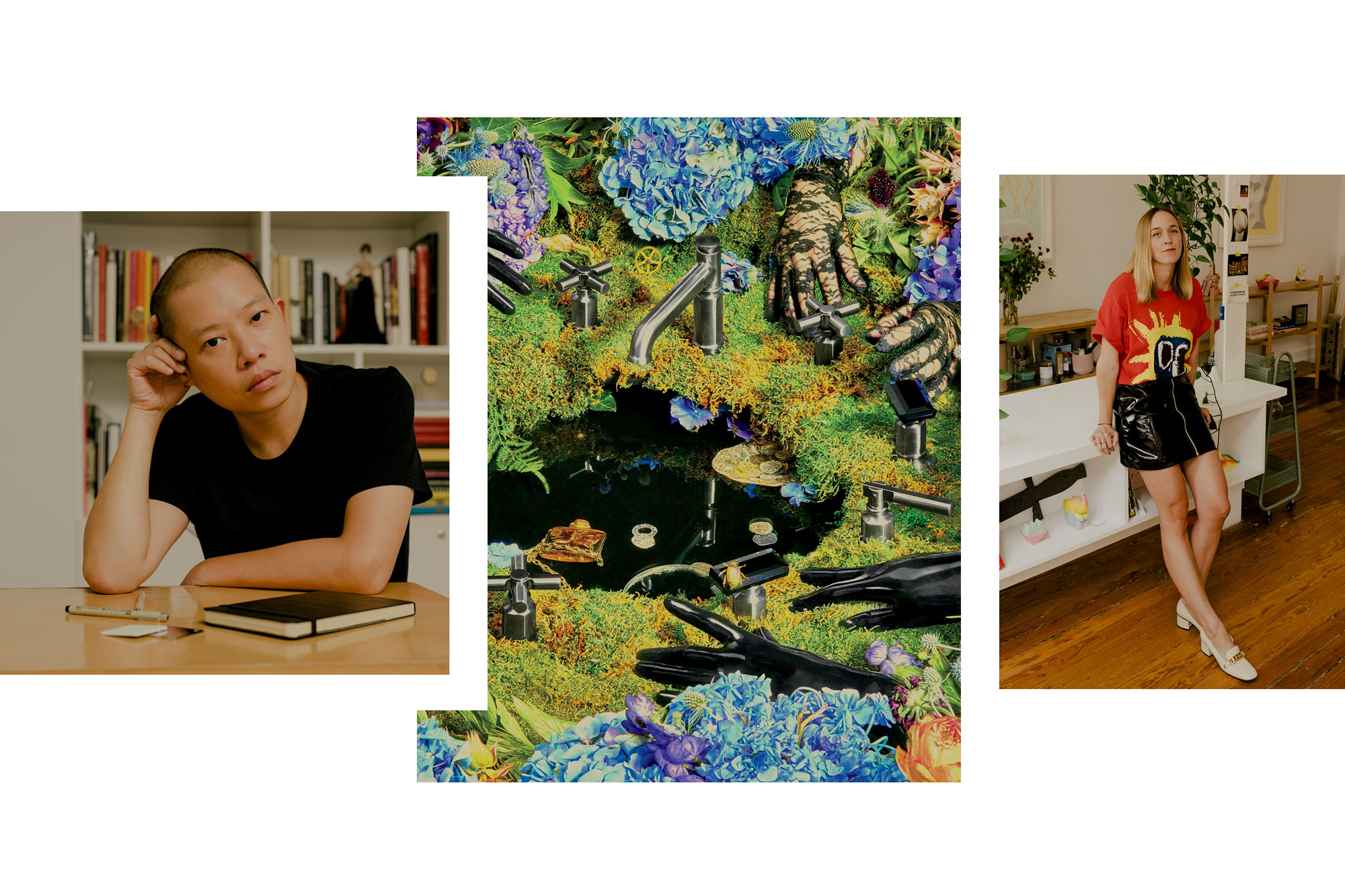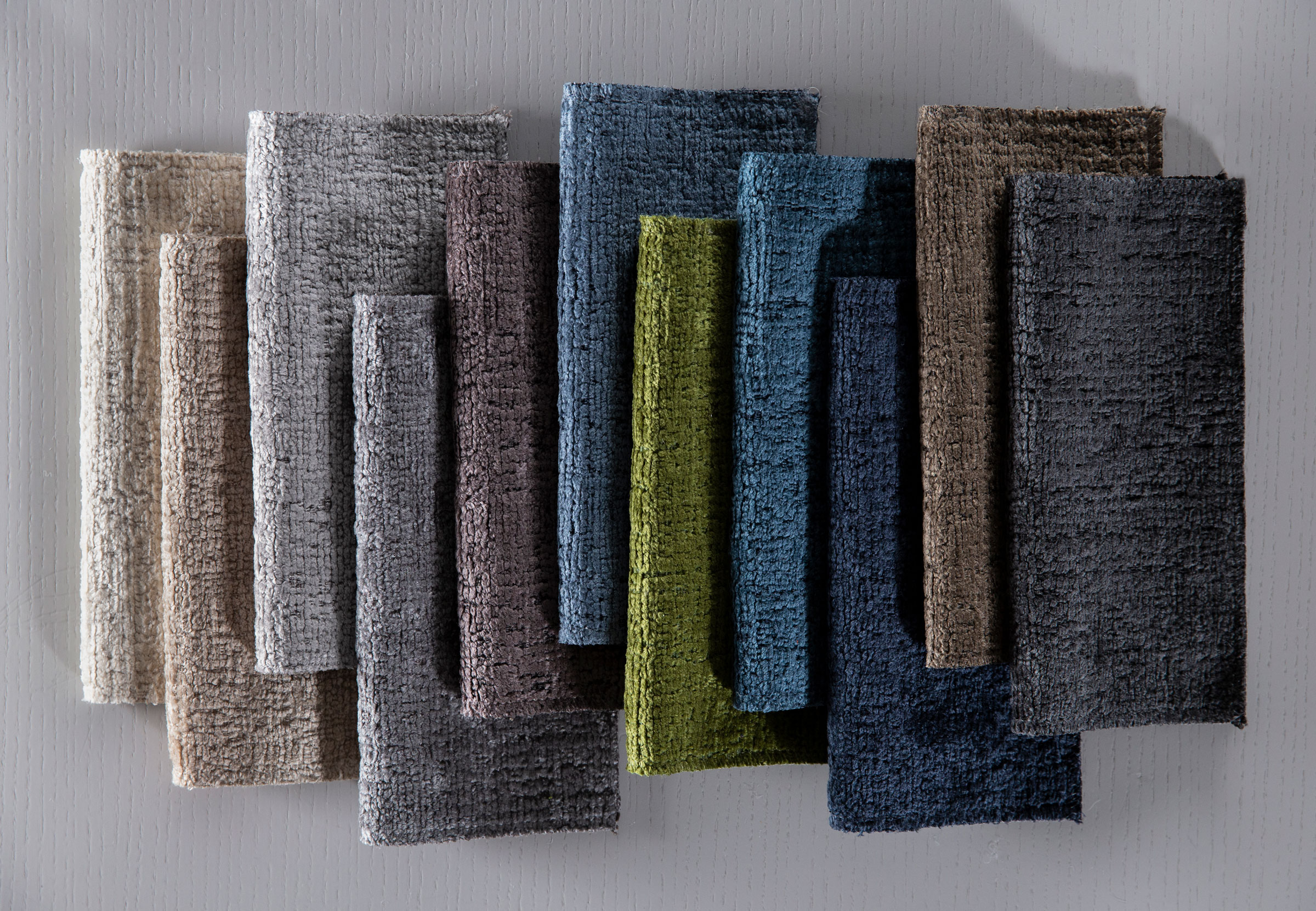As a designer, you’re always pitching. But it’s not just about pitching clients. You might find yourself pitching a recruiter or hiring manager for your next great gig, or a creative partner for a new project, or even your company leadership on a brilliant new business idea. As Head of Design at the advertising agency TBWA\Chiat\Day New York, I spend a lot of time pitching different audiences. Here are a few tips I’ve picked up along the way to help you nail your next pitch.
RELATED | CACTUS Studio on Balancing Creative Freedom and Client Needs
Pitching Creative to a Client
The most common pitch is pitching to a client—existing or prospective. Whether you have your own shop, freelance, consult, or work in a big agency, there’s no escaping this kind of pitch.
The One Sentence Idea.
This may sound obvious, but it’s crucial to build a clear, simple narrative. What was the single insight or inspiration behind the idea? Why is it relevant to your client and/or their audience? Explain the idea in a single sentence, not a paragraph or one-pager. Give your audience a clear story they remember and want to share.
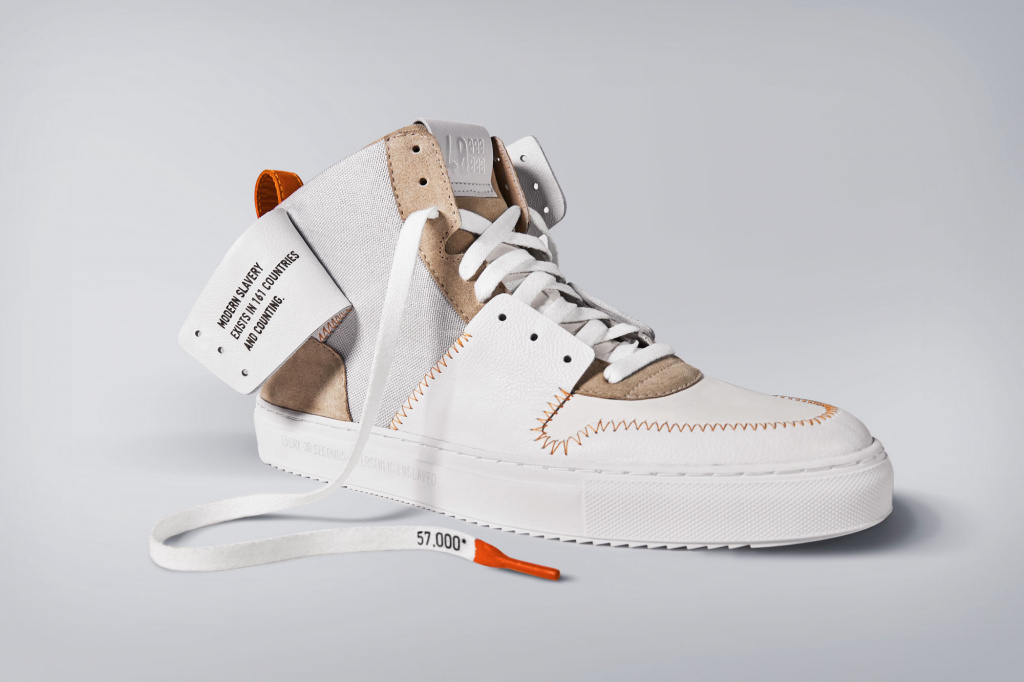
From the ‘Unboxing the Truth’ campaign, a collaboration between Thomson Reuters Foundation and TBWA Chiat Day New York that puts a socially conscious spin on unboxing videos. Photo courtesy of Chris Rowson
Prototype It.
One of the best ways to articulate your intent, passion, and commitment to an idea is to prototype it. By crafting and creating the tangible, you not only bring the idea to life, you can also bring to light potential problems to solve. This gives you an immediate edge, as you’ll already be prepared to answer difficult questions. In addition to having all of the answers, nothing beats sharing something with a client that they can touch or react to.
It’s Not (All) About You.
If you’re pitching to a client on behalf of your agency, remember that you represent your company. This doesn’t mean leave your personality and point of view at home, it simply means you need to find a way to integrate the company’s personality or values with your own.
My previous roles have been focused on building design teams with strong maker cultures. One thing I’ve learned is that you’ve got to keep in mind that not everyone is a creative or a “maker.” You’ll speak to people internally, potential employers, and clients who come from different backgrounds— CEOs and account teams, finance leads, producers, and more. It’s crucial to make your pitch relative to each audience’s specialty to get buy in. Show finance how these skills can bring in new revenue streams or how internal specialists can cut costs of freelance or external production partners. If you’re pitching to your production team, highlight the benefits this will bring to their process.
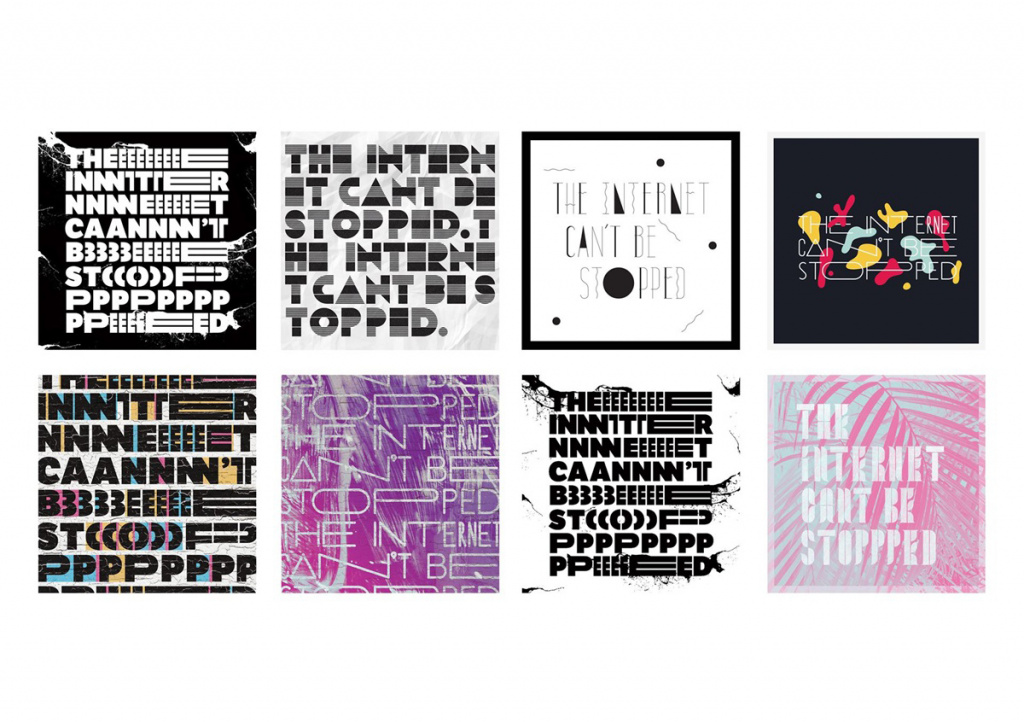
Samples from TypeVoice, a website that turns spoken word into a generative font, for The Webby’s ‘The Internet Can’t Be Stopped’ project, 2016. Images courtesy of Chris Rowson
Pitching Yourself for a Job
When you find a place where you’d like to work, a place that truly inspires you and offers opportunities you’ve always dreamed of, it’s time to pitch yourself.
Ask Your Most Dreaded Questions.
Asking yourself as many questions as possible and discovering and practicing those answers is the most helpful way to prepare. I would even advise you “trip yourself up” with questions you hope won’t get asked.
Showcase What Makes You Unique.
Find your most unique attributes, skills, and interests, and show them off. I began my career creating prototypes of toys and products. I used both traditional and contemporary techniques like 3D modeling and 3D printing, and this helped me stand out.
There is nothing more irresistible than passion and ambition.
Balance Modesty and Confidence.
Be proud of the work you do but remember to credit the teams you’ve been a part of for helping you refine the skills, master your craft, and create great work. Above all, be enthusiastic and intentional about what it is you want to do and how that will make a difference to the company.
Pitching to a Creative Partner
So you finally sell that idea you’ve been pitching to your client for months, you have your deliverables and production budget, and you have the perfect partner or artist in mind to make it a reality. Now you have to pitch the project to them.
Context is Everything.
Sharing, presenting, and pitching an idea you’ve been close to for months can be hard. It’s easy to forget the steps you went through to get to where you are. Keep this in mind when sharing it with someone who has never seen it before. Give your partner concise but thorough context that grounds the idea, including the brief and original reference, the client, and the product/service.
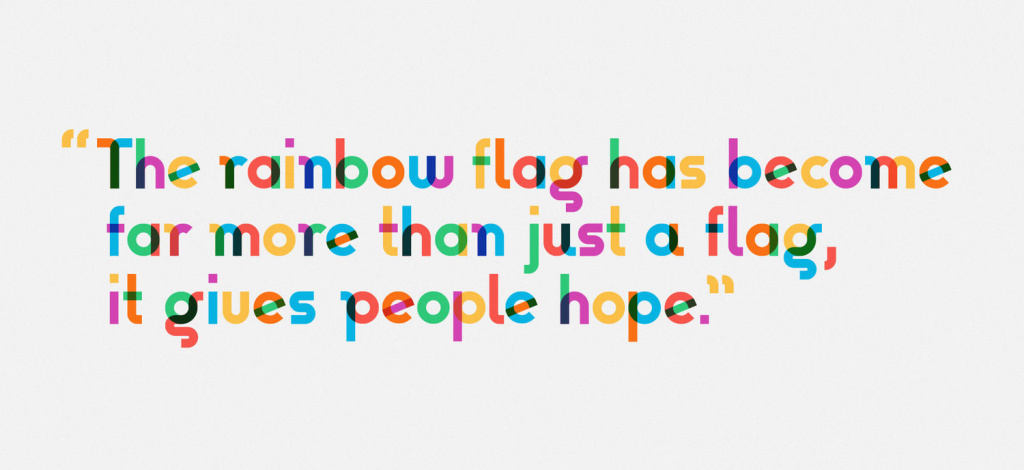
The ‘Gilbert’ font, in honor of the late rainbow-flag creator and LGBTQ activist Gilbert Baker. Art direction by Chris Rowson. Image courtesy of Type with Pride
Be Honest and Open-Minded.
Be clear about how much room there is for your partner to bring their own point of view and creativity. If there is room for creativity, it’s important to keep an open mind and encourage the creative partner to bring their own perspective; they may unearth something you’ve overlooked.
Show Your Passion.
There is nothing more irresistible than passion and ambition. This can often be the sole thing that convinces the creative partner to take the project.

Chris Rowson is head of design at TBWA Chiat Day New York. He’s won more than 100 international awards and created for everyone from McDonald’s to BNY Mellon. Photo courtesy of Type with Pride
This article originally appeared in the Fall/Winter 2018 issue of Sixtysix. Subscribe today.
